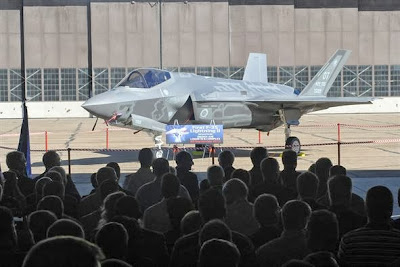Welcome to the Milcom Monitor Post sponsored by Teak Publishing (Copyright © 2006-2023 Teak Publishing). All rights are reserved. Redistribution of these pages in any format without prior permission is prohibited. Links to individual stories are permitted without permission. The comment section on this blog is closed, but you can pass along material or comments via email MilcomMP at gmail dot com. If you submit material for this blog and want to remain anonymous, indicate that in your message.
Milcom Monitoring Post Profiles
- Home
- What are Emergency Action Messages (EAM)? Updated 20 September 2021
- UFO Milsat Program
- Fleetsatcom System
- UHF 225-380 MHz Milcom Spectrum Holes: Updated 24 July 2019
- Civilian Air Cargo/Airline/Military Call Signs
- Intl HF Aero Civ/Gov/Mil Frequency List
- USN Aircraft Modex Numbers
- University of Twente Wide Band WebSDR Netherlands
- U.S. Military ALE Addresses
- DoD Air Refueling Frequencies - Update 15 Jul 2016
- COTHEN HF Network – Last Update 23 May 2023
- Monitoring the Civil Air Patrol Auxiliary Update 10 Sep 2016
- US Coast Guard Asset Guide - Update 24 May 2023
- The Spectrum Monitor e-Zine Milcom Column Index - Update 17 January 2022
- The Milcom MT Files (1998-2013) Articles Index
Saturday, September 21, 2013
Hill welcomes F-35 workload
The ceremony addressed Hill's key role in the depot repair and the F-35's role in national defense by several different speakers which included Sen. Mike Lee; Lorraine Martin, Lockheed Martin's Executive Vice President and General Manager of the F-35 Lightning II Program; Rear Adm. Randolph Mahr, DoD F-35 Deputy Program Director; Lt. Gen. Bruce Litchfield, Air Force Sustainment Center commander and Sen. Orrin Hatch.
Baker was the final speaker and gave the order to open the doors and unveil the aircraft to the capacity packed hangar's attendees. Other dignitaries at the ceremony included local mayors, Utah Lt. Gov. Greg Bell and members of the Utah State House and Senate.
The first F-35A conventional takeoff and landing variant is from the 422nd Test and Evaluation Squadron, Nellis AFB, Nev., and is in a prototype configuration. The Ogden ALC will modify the aircraft with a series of structural and systems modifications to enhance critical capabilities needed during operational test and evaluation testing.
"For decades the shared partnership between Lockheed Martin the Ogden ALC team has taken our legacy platforms, the F-16, C-130 and F-22, to the next level, and the same will hold true for the F-35 Lightning II," said Lorraine Martin, F-35 vice president and general manager. "This aircraft was designed from its inception to evolve through modifications and upgrades so that our warfighters can continually outpace their opposition. I look forward to what the future holds for the F-35 and am excited to see that evolution unfold."
Litchfield also talked about this historic day in the history of the ALC.
"The F-35 found the right home for sustainment," he said. "Team Hill will deliver cost effective modifications for this aircraft."
The F-35 Lightning II combines advanced stealth with fighter speed and agility, fully fused sensor information, network-enabled operations and advanced sustainment. Three distinct variants of the F-35 will eventually replace the A-10 and F-16 for the U.S. Air Force.
